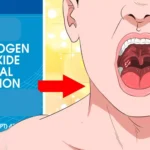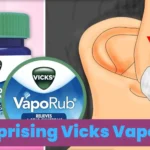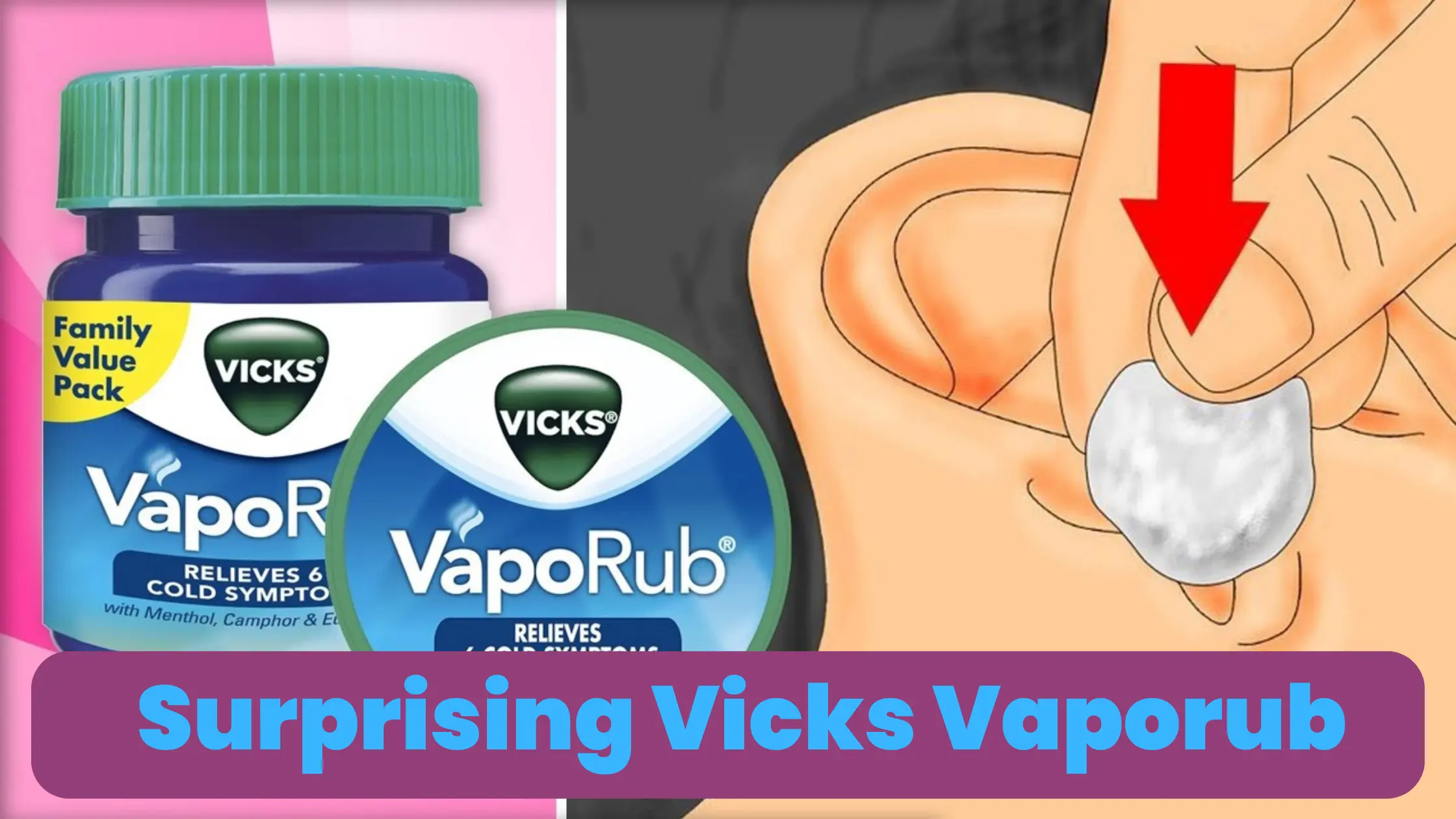Introduction
A multipurpose and reasonably priced home substance, hydrogen peroxide is useful for treating wounds as well as many other things. We’ll look at ten unexpected applications for hydrogen peroxide in this article that you might not have known about. You’ll learn how this straightforward remedy may enhance your daily life, from curing sinus infections to sanitising children’s toys. So let’s get started and discover all the incredible uses for hydrogen peroxide.
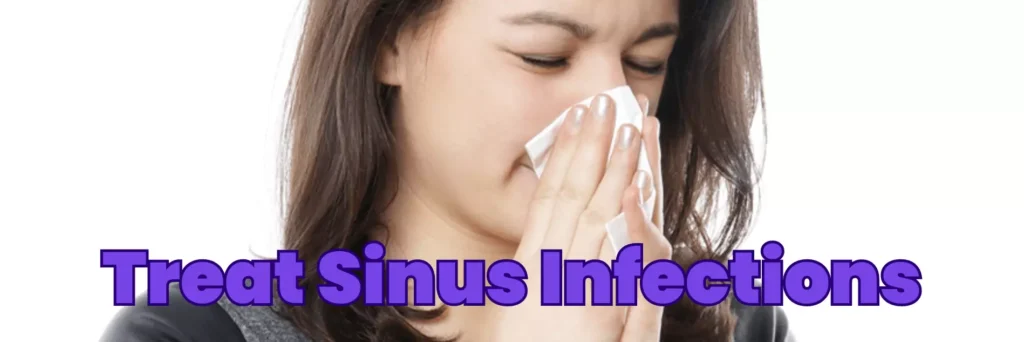
1. Treat Sinus Infections
Hydrogen peroxide is a safe and efficient treatment option for sinus infections. Mix one part food-grade hydrogen peroxide with four parts water to help clear your nasal passages and reduce congestion. Spray the mixture into your nose after transferring it to a nasal spray bottle. After a short while, blow your nose to get rid of any congestion and loosen mucus. For added relief, you can irrigate your nose with this mixture using a neti pot.
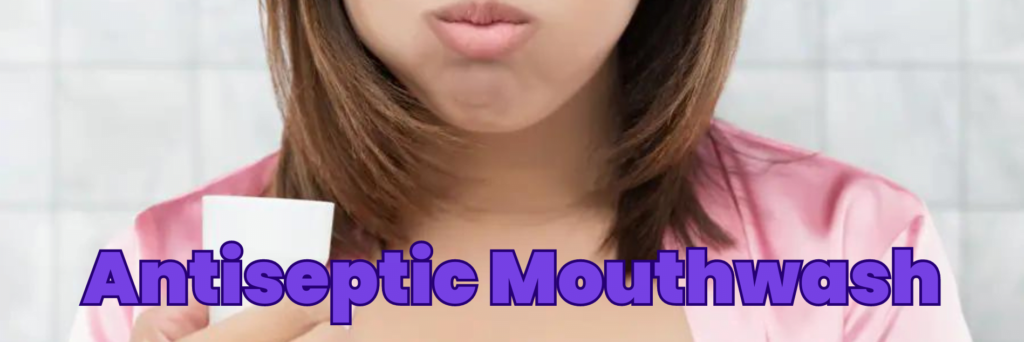
2. Antiseptic Mouthwash
Hydrogen peroxide can efficiently treat bad breath, which can be an embarrassment. Hydrogen peroxide functions as an antibacterial, in contrast to commercial mouthwashes that merely cover up the odour and dry up the mouth. Use the mixture as a mouthwash by combining water and hydrogen peroxide in equal parts. The bacteria causing bad breath will be eliminated by this mixture, and your teeth will progressively become whiter. Gargling every day with a 50/50 solution of water and hydrogen peroxide can assist people with tonsil stones get rid of them within a week or two.
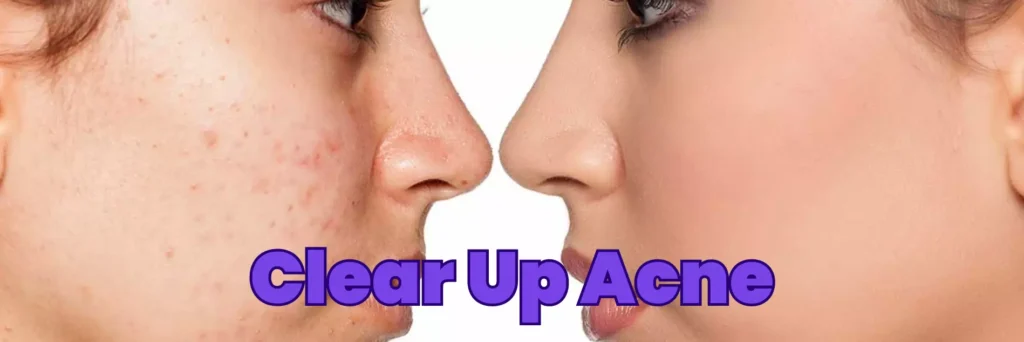
3. Clear Up Acne
People of all ages might get pimples and clogged pores, which is embarrassing. To clear up your face, use hydrogen peroxide as a toner or facial rinse. Hydrogen peroxide dries out the skin and has antibacterial effects when combined with water. It effectively eliminates the acne-causing bacteria and shrinks your pores, giving you a cleaner, younger-looking face.

4. Remove Ear Wax
Hearing difficulties and pain can result from dried-up ear wax. You can quickly eliminate extra ear wax at home using hydrogen peroxide. Lying on your side, soak a cotton ball in hydrogen peroxide. Place a few drops of the solution in your ear gently. You’ll see the hydrogen peroxide bubbling and dissolving the wax accumulation. Stand up and drain your ear when the bubbling stops after five to ten minutes. To completely remove the ear wax, repeat the procedure with the opposite ear.
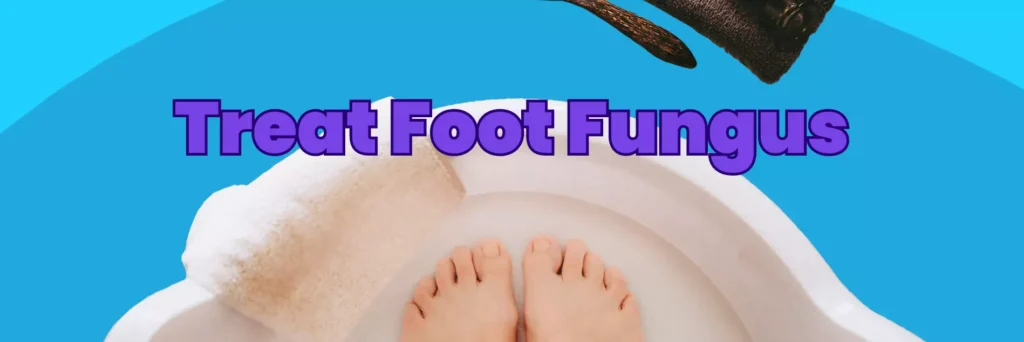
5. Treat Foot Fungus
A painful and contagious infection, an athlete’s foot is also known as foot fungus. The progression of this fungus infection can be slowed down with hydrogen peroxide. In a spray bottle of a dark color, combine hydrogen peroxide and water in equal parts. The affected area on your hands or feet should be treated with the solution every night until the fungus is gone. This treatment will successfully fight the illness and encourage healthy skin.

6. Disinfect Children’s Toys
Toys for kids frequently come into contact with bacteria and pathogens. Hydrogen peroxide is a safe substitute for toxic commercial cleaning products when used as a disinfectant. Your children will be in a healthier environment if you routinely clean toys and play places with hydrogen peroxide, which will help keep germs and bacteria away.

7. Get Rid of Musty Odors
Unpleasant musty odours can develop over time on kitchen and bathroom linens. Wash the towels in a solution of hydrogen peroxide and unflavored white vinegar to get rid of these weird odours. With this mixture, odours are thoroughly eliminated, leaving your towels clean and fresh-smelling.
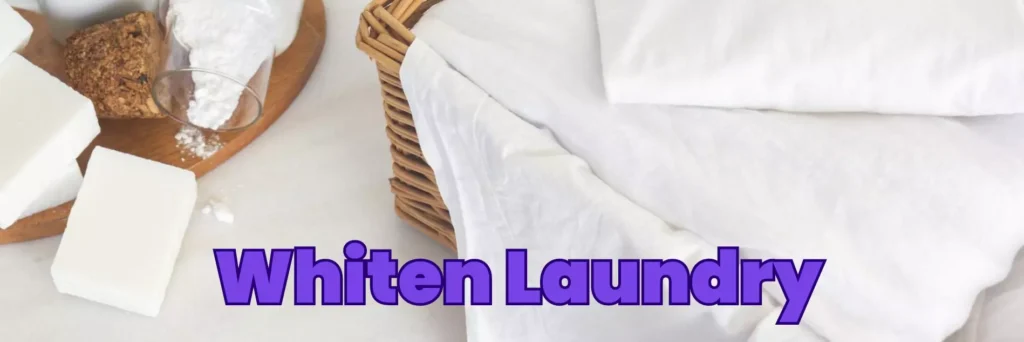
8. Whiten Laundry
The problem of white shirts yellowing in the collar or armpit region is widespread. One cup of hydrogen peroxide and water should be combined in a basin to revive your faded clothing. Wash the garment as usual after soaking it in this solution for 15 to 30 minutes. Your white clothing will once again look brand new thanks to this method, which helps bring back its brightness.
9. All-Purpose Cleaner
A flexible cleaning solution, hydrogen peroxide can be applied to a variety of surfaces in your kitchen and bathroom. It works well as an all-purpose cleanser when combined with water or used alone. Tiles, sinks, toilet bowls, bathtubs, and showers may all be cleaned with it. Additionally, you can prepare a thick paste by combining flour and hydrogen peroxide to whiten the grout between your tiles. Apply the paste to the grout, wrap it in plastic overnight, and then rinse it clean the following morning. Spraying hydrogen peroxide on mold and mildew-infested areas on a regular basis will stop fungal development and eliminate discoloration.
10. Clean Fruits and Veggies and Preserve Freshness
Produce farmed for commercial purposes frequently receives pesticide and fungicide treatments. Make a solution in a washbasin by combining a quarter cup of food-grade hydrogen peroxide with water to get rid of these dangerous compounds and maintain the freshness of your fruits and veggies. Your vegetables should be soaked in this solution for about 20 minutes, followed by a thorough rinse and drying before storage. You and your family will be able to eat cleaner and healthier vegetables thanks to this method.
Conclusion
A fascinating home ingredient with many unexpected uses is hydrogen peroxide. This straightforward fix can unexpectedly enhance your daily life by addressing conditions like acne and sinus infections as well as cleaning toys and smelling laundry. You may take advantage of hydrogen peroxide’s many advantages and improve the health of your home and family by including it in your cleaning and personal care routines.
FAQs
- Is hydrogen peroxide safe to use on the skin?
Yes, when properly diluted, hydrogen peroxide is safe to use on the skin. However, it is always recommended to do a patch test before using it on larger areas.
- Can I use hydrogen peroxide to whiten my teeth?
Yes, hydrogen peroxide can help whiten teeth over time. However, it’s important to use it in moderation and avoid swallowing the solution.
- How often should I disinfect my children’s toys with hydrogen peroxide?
It is recommended to disinfect children’s toys with hydrogen peroxide regularly, especially after they have been exposed to illness or if they have been shared with other children.
- Can hydrogen peroxide be used on coloured fabrics?
Hydrogen peroxide may have a bleaching effect on coloured fabrics, so it is best to avoid using it directly on coloured clothing. Test it on a small, inconspicuous area first before using it on coloured fabrics.
- Can hydrogen peroxide be used as a substitute for bleach?
Hydrogen peroxide can be an effective alternative to bleach for certain cleaning tasks. However, it may not be as strong as bleach, so it’s important to assess the specific cleaning needs before substituting it.




